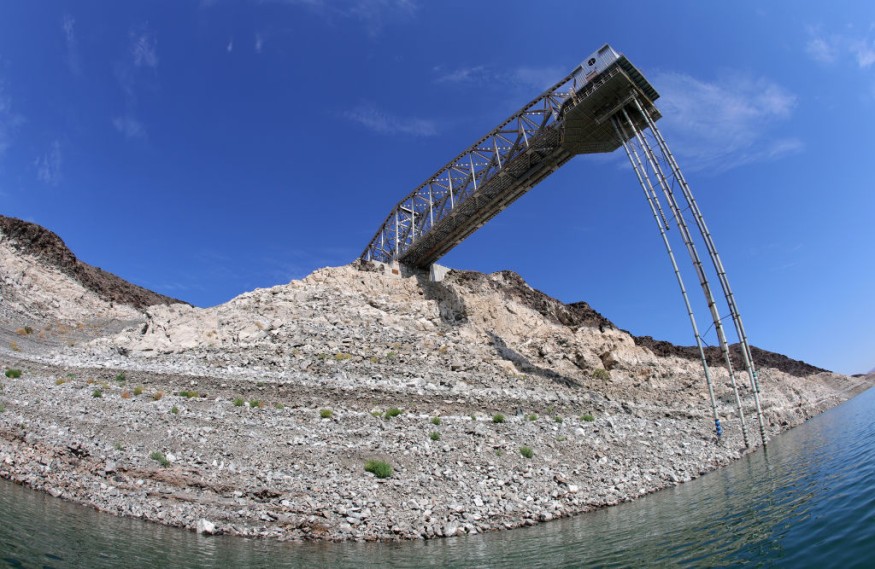
The overwhelming drought has rapidly evaporated Hoover Dam's reservoir on the Colorado River in the Southwestern United States, located in the states of Nevada and Arizona. Surprisingly, the decreasing water levels of the lake had revealed a multitude of human remains.
Forensic experts say that the bodies discovered therein had turned into a "soapy substance", according to NewsWeek. Four remains have been found so far as water levels have now become the lowest it has been since 1937.
One set of remains was discovered inside a barrel which appears to have been shot, but investigation is still ongoing and the county's medical examiner is determining the cause of death, NPR reported. According to the police, the body may have been dumped there in the late 1970s, confirming how long the other remains may have been there, concealed within the depths of the lake.
Lake Mead is located roughly 20 miles east of Las Vegas formed by the Hoover Dam and can hold more water than any other reservoir in the United States, supplying water to millions of people.
Soapy Remains
Forensic anthropology professor Melissa Connor at Colorado Mesa University said the bodies found to date may have turned into a "soap-like consistency" known as adipocere.
"There are also historic and prehistoric sites under Lake Mead, and if burials associated with those sites washed out, they would most likely be totally skeletal," she told NewsWeek, adding that their condition depends on the environment within Lake Mead.
"A lot depends on where in the lake a body is deposited, and what lake. Lake environments are in layers, with the deepest being very cold and having few scavengers." She explains that warmer temperatures on the surface of the lake allow bacteria in a fresh body to be active and create gas in the body.
"If bloated and unweighted, and in a level in the thermocline where the water isn't really cold, a body will bob to the top as the gas builds up, two to four days or so depending on temp. Then the flies go to work laying eggs, the maggots start eating the remains, and parts will drop off and sink as they disarticulate."
However, she noted that this may not be the case with Lake Mead, as the human remains appear to have been hidden for decades.
Also read : How to Watch Perseid Meteor Shower This August
If This Isn't the Case, What is?
As per the professor, deep and cold temperatures slow the bloating process down, preventing bodies from resurfacing. This means if the body is deep enough in the coldest part of the Lake, fish or shellfish cannot scavenge on them and the bacteria in the fresh body dies, making it "pretty well-preserved."
DNA testing is now being ran in hunt for identity of the dead bodies, as per NewsWeek. The remains include the skeleton of two sisters found at Callville Bay, between the approximate ages of 23 and 37, while another set of remains were found at Swim Beach.
Related article : Extreme Drought in Italy's Po River Reveals Unexploded World War II Bomb
© 2025 NatureWorldNews.com All rights reserved. Do not reproduce without permission.




